According to the Wikipedia article on Tower Hill, the most important information about the place is who was executed there. Demonstrating clearly that sources are defined by the values and interests of those who compile them.
I am trying to avoid the most popular tourism spots, as I do not like crowds and long queues. But I still want to experience the history of London, so I chose to visit to the area around Tower Hill without actually going into the Tower of London.
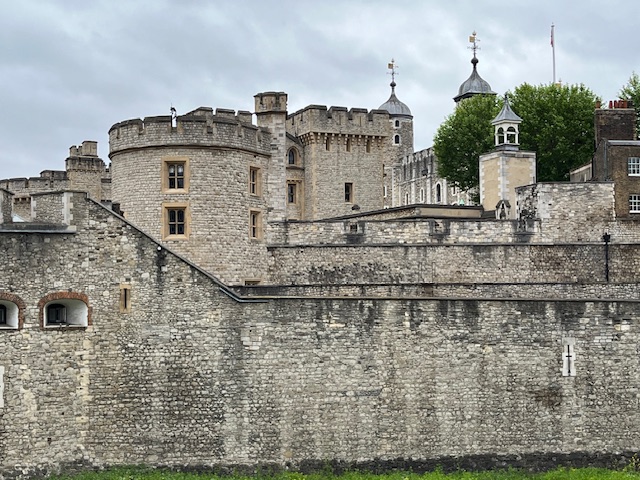
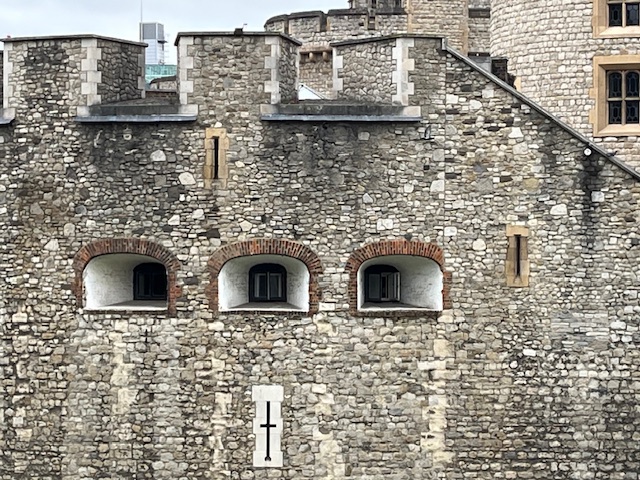


London Wall
A large section of the London Wall runs through Tower Hill. The wall was built by the Romans around Londinium in about 200AD. The Wikipedia article suggests that it was built to defend the city, perhaps from the Picts, but English Heritage points out that the ‘form and design demonstrate a lack of urgency, rather than a response to an impending military threat’ and that, initially the wall covered only the landward sides of the city. This suggests that the purpose was more likely to an expression of wealth and status. However, a riverside wall was added between 250-270 AD and this was probably in response to a threat of civil war. [1, 2]
The wall included seven gates, which are still reflected in place names, such as Cripplegate, Bishopsgate and Aldgate.
The wall defined the boundaries of London until the later Middle Ages, when population growth led to expansion beyond the wall. Large parts of the wall have been demolished, with only fragments remaining.
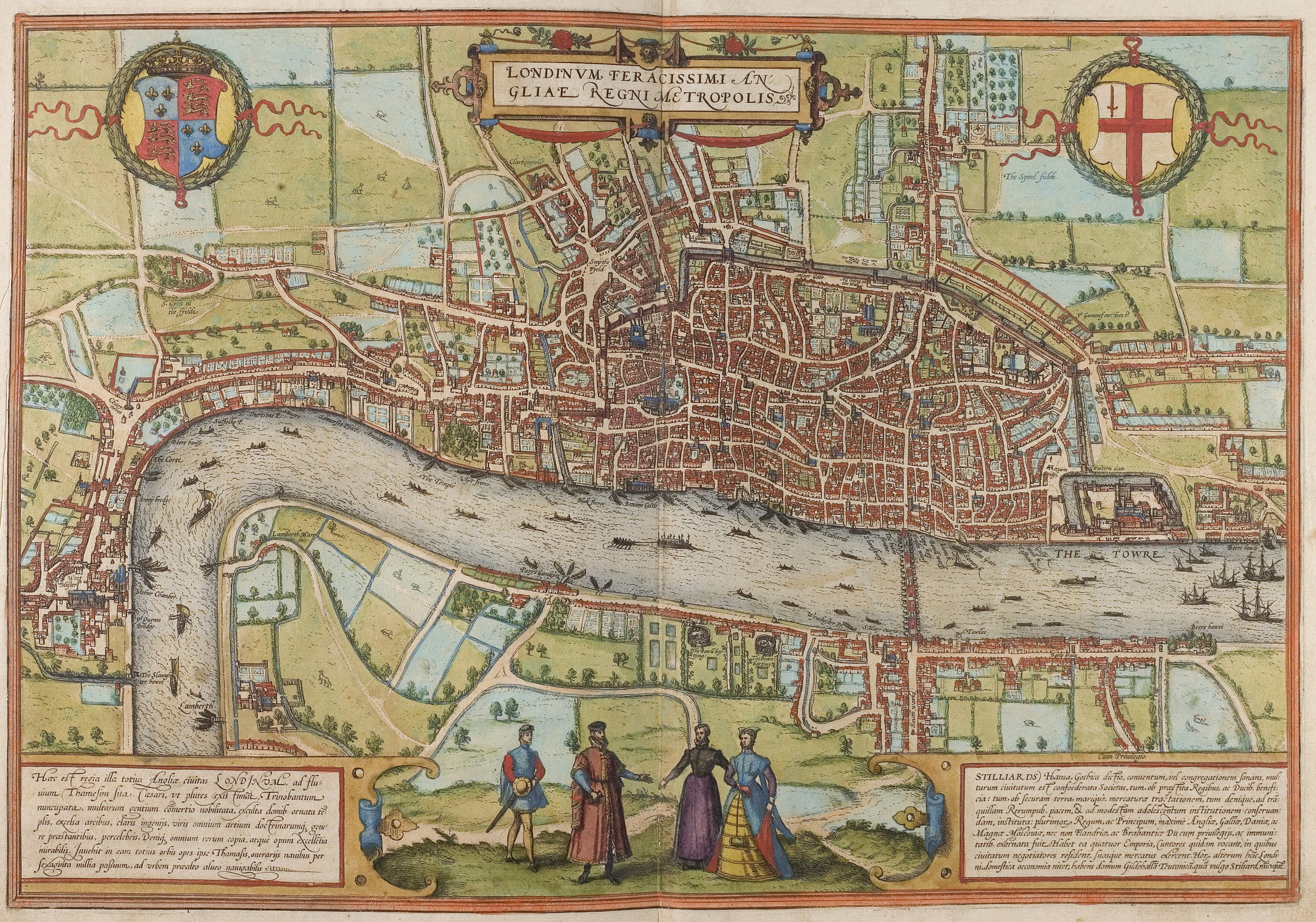
The English Heritage website contains an artist’s impression of the wall, which is fantastic as I found it difficult to imagine what the city was like at that time.[2]
The section I visited is 10.7 metres above the current ground level. The lower four metres is Roman and the upper part is medieval.
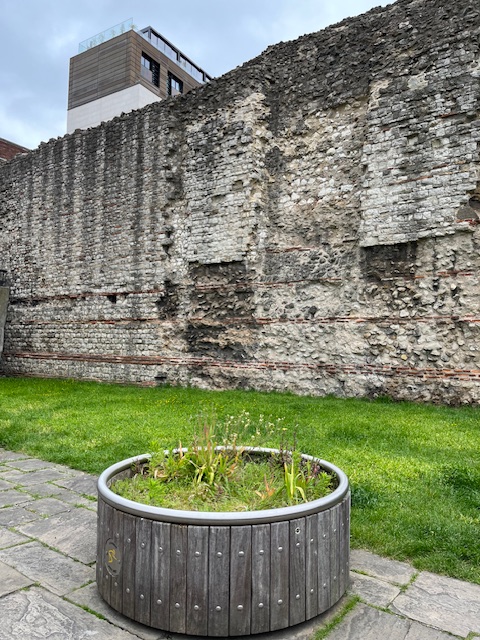
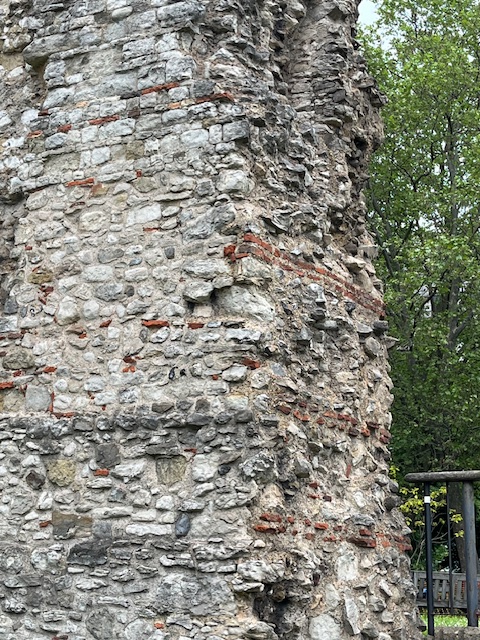
Monument to the Great Fire of London
I expect that most people have heard of the event that is referred to as the Great Fire of London. This was the one that started in Pudding Lane on 6 September 1666. The fact that it is called the Great Fire suggests two things. One, that it was a big fire that had a big impact on London; and two, that it was not the only time London burned. Peter Ackroyd lists seventeen major fires, of which the earliest two, in AD 60 and 125, destroyed most of the city. He also says that from 1833 to 1841, there was an average of 556 fires per annum! [3]pp218-9
I find it interesting that most articles and videos seem to focus on why the fire happened. I guess it is a sensational story. But I am more interested in why this fire was so significant. My question is, as I have expressed in some of my other posts, why do some events get greater recognition in historical records and persist in community memory, while others seem to vanish from history as if they never happened? I think it is an important issue, when studying history (including family history), because it reinforces the point that history is not a comprehensive record of everything from the past.
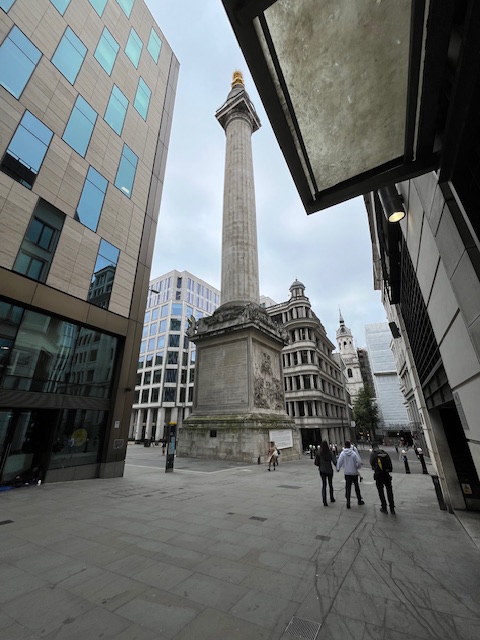
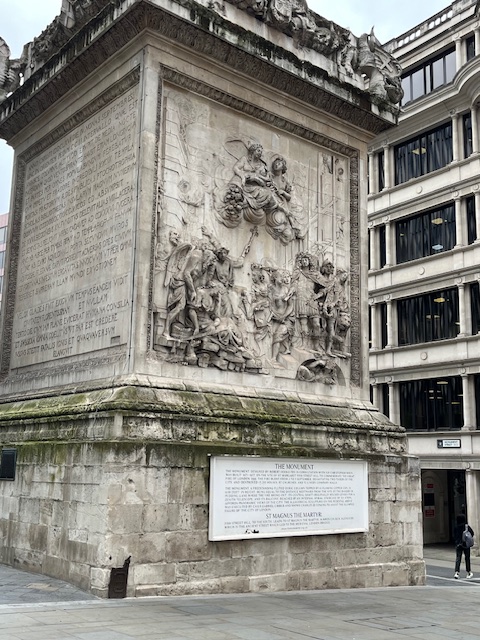
Ackroyd refers to the Great Fire as ‘one of the most formative events of the city’s history’. [3] p225 I do not want to try to answer my question in a blog post, because it would be too superficial for my liking. Still, it is interesting to see what others suggest. According to an article by the BBC in 2016, the significance of the fire was:
- such large areas were destroyed that it provided a chance to rebuild the city, with improvements in design and building materials
- reconstruction and redesign of the medieval St Paul’s Cathedral by Christopher Wren
- rebuilding of 52 churches, 36 company halls and construction of the Monument to the Great Fire
- birth of the insurance industry
- establishment of the fire brigade. [4]
Bing’s AI answer to the question also adds that about 100,000 were left homeless. [5]
Sources
- Anon, ‘Tower Hill‘, Wikipedia, accessed 2 March 2024
- Anon, ‘History of London Wall‘, English Heritage, accessed 2 March 2024
- Ackroyd, P., London. The Biography, Vintage Books, London, 2000
- Davies, Sian, ‘Five ways the Great Fire changed London‘, BBC, 23 July 2016, accessed 15 April 2024
- You can ask Bing a question and the AI tool will provide a summarised answer. This one provided three source citations, two of which were media articles; and some prompt questions which allow you to explore the topic further.


